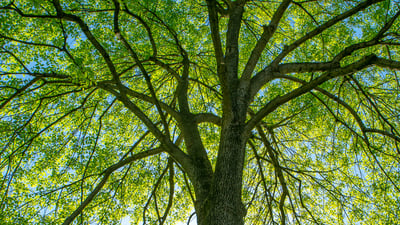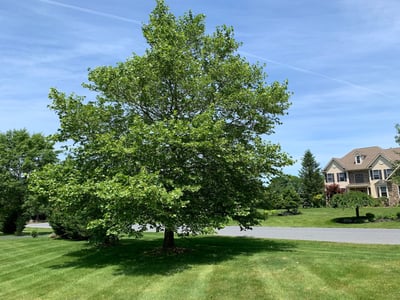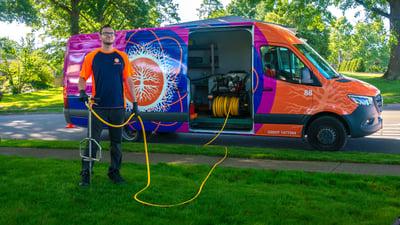

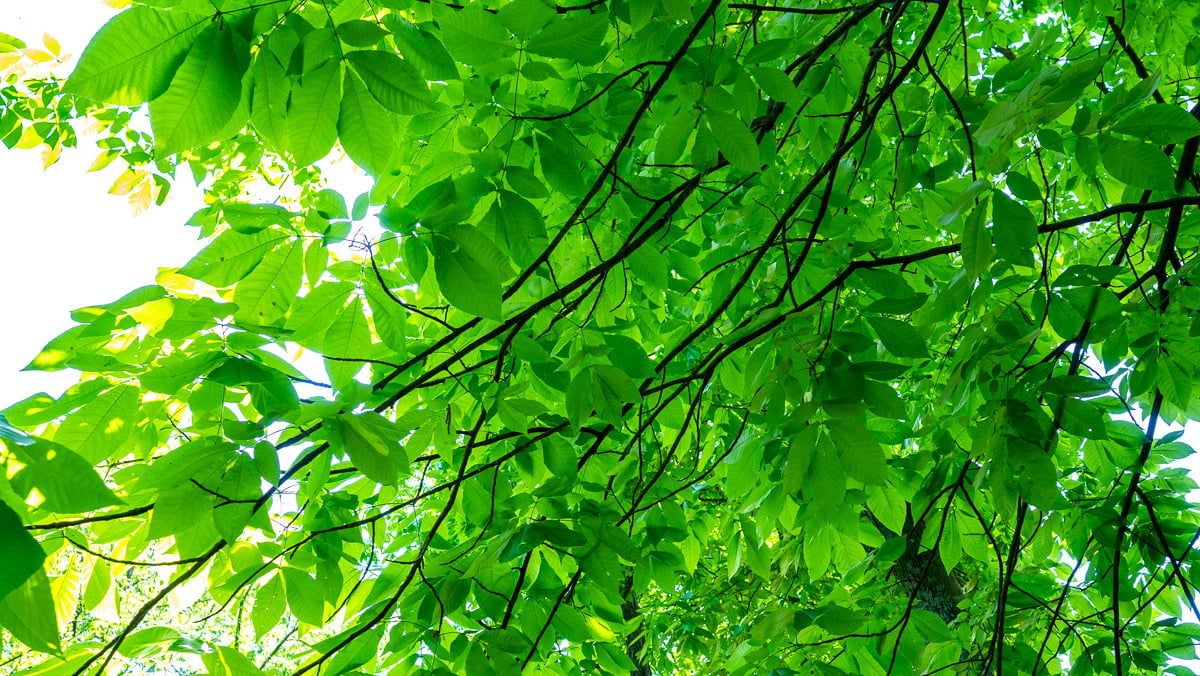
Similar to disease in people, diseased trees can be a complicated issue. For one, the symptoms of many diseases tend to overlap one another, so making a diagnosis can be confusing. And often, the early signs are subtle. It’s not until a disease has typically spread that people even realize something is wrong.
While some diseases are treatable, others are not. It also depends how long a tree has been dealing with disease and how infected it is.
In this article, we will help you to better understand trees with disease. We will cover some of the most common diseases affecting Louisville trees as well as what your next steps should be.
Some of the most common Louisville tree diseases include:
While we certainly aren’t expecting you to become a horticultural expert, with some more background on trees with disease, we hope that you’ll have a better understanding of how to care for the trees on your property.
Here are some of the common tree diseases you may encounter here in Louisville.

If you have conifers on your property, then you could be impacted by Needle Cast, which is a collective term used to describe a variety of diseases caused by various fungi. It can infect the needles of Douglas Firs, Spruce, Pines, and other conifer trees.
When a tree has Needle Cast, its needles will turn yellow, then brown, and eventually fall off. Of course, there are other tree problems that can lead to this as well. Problems with over or underwatering can also cause needles to change colors. Needle Cast is also mistakenly diagnosed as spider mite damage as it does present similarly. But spider mites typically cause needles to turn more tan than brown. You might also notice with Needle Cast disease that there is some black fungal growth.
This fungal disease produces white or gray powdery growth that can affect the plant’s leaves, stems, and flowers. It is this powdery substance that is most identifiable but you might also see leaf distortion and discoloration. Eventually, Powdery Mildew can lead to premature leaf drop.
The spores from Powdery Mildew can spread to other plants in the landscape. This is a key reason why any plant material from diseased trees is removed carefully.
This is a group of related fungal stem and leaf diseases that have been known to infect deciduous trees including Dogwood, Maple, Oak, Sycamore, Ash, and others.
Symptoms include small dead spots on leaves, browning areas along leaf veins, premature defoliation, twig death, and dying buds in the early season, which can be misidentified as frost damage.
As the name implies, Root Rot is a general term for any disease with a pathogen that attacks the roots of trees. It’s usually a result of oversaturated soil. The impact of Root Rot is initially seen at the soil level with symptoms like mushroom growth or the roots appearing wet. Soil might also appear soggy and fail to drain.
But Root Rot will eventually lead to symptoms in other areas of the tree like yellowing or wilted leaves. After all, a tree needs its roots for optimal health and survival.
This fungal disease is common in deciduous trees. It is characterized in its early stages by heavy seed production, leaves that are smaller than normal, and browning of the margins of leaves.
Trees that tend to be commonly affected by this disease include Maples and Ash trees. But it has also been known to affect Barberry, Elm, Linden, and others.
If you suspect that you might have diseased trees on your property, it’s important that you call in a tree care expert. Since many tree disease symptoms overlap with one another (and with other problems), it can be really challenging to figure out what’s actually going on.
It takes an expert horticultural eye to get to the bottom of most tree problems.
Once your tree disease is diagnosed, the best treatment options can be discussed. Some diseases can be treated with fungal treatments and will recover without issues. But if it is a large tree that is severely diseased, removal might be your best course of action.
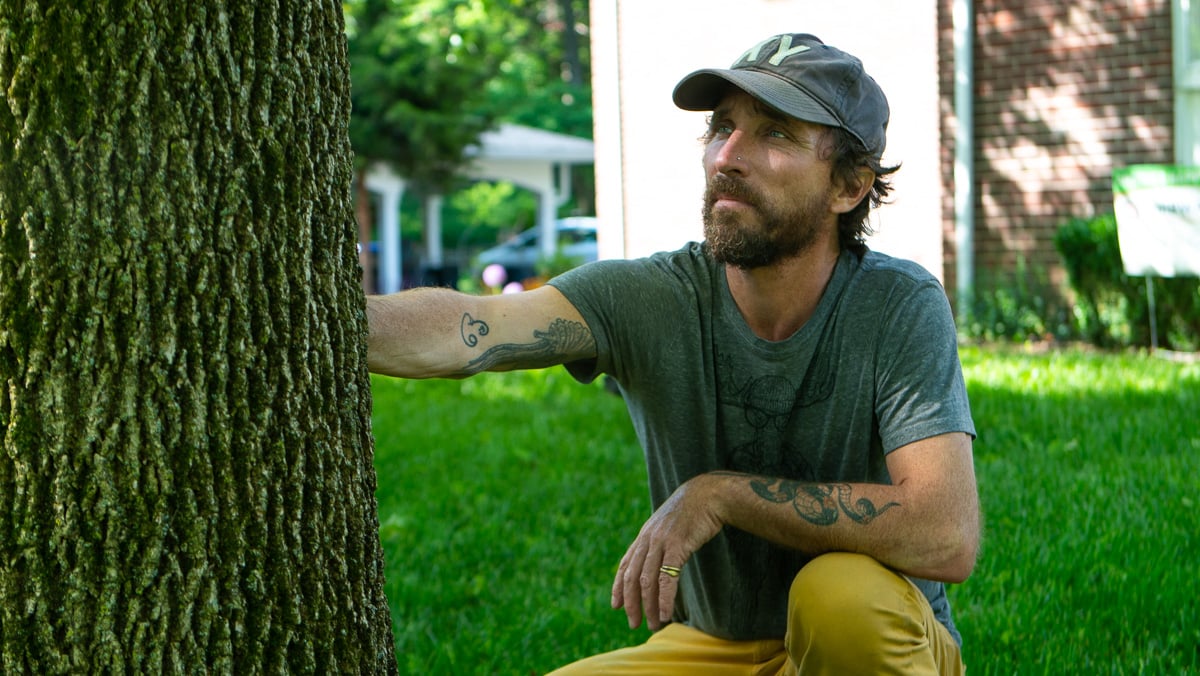
Large trees that are diseased and not recovering can pose a risk of dropping limbs or even falling over time. If your tree is assessed and determined to be a risk, it’s important to discuss whether removal is your safest option.
Diseased trees can also become an eyesore if leaves are missing or foliage becomes severely discolored. But if it’s determined a tree will bounce back, the aesthetic concerns might only be temporary.
At the end of the day, you just want to feel confident that your trees can deal with whatever is thrown at them. There are many potential stressors in the landscape that can really cause problems for your trees and diseases are just one of them.
The last thing that you want is to lose any of your beloved trees to a problem that could have been prevented or treated.
This is why it is so valuable to partner with a tree care professional.

As you do that research on tree care pros in the area, we’d love for you to consider Limbwalker. Not only can we help diagnose tree problems but we can also implement the proper solutions and help you prevent many problems in the first place. With the proper care, you can avoid tree stress and help promote healthy and thriving trees.
At Limbwalker, we care deeply about homeowners like you and want to help you achieve a safe and beautiful property that you love. For that reason, we’re always here to answer your questions about tree care. If you still have questions after reading this article, please feel free to get in touch.
If you’d like to learn more about tree services for your Louisville home, get in touch, get your quote, and get back to enjoying your yard.


